The Best Grass Seed for Salt Lake City
BY JUDITH GALLOVA | MAY 15TH, 2023 | LAWN CARE, SALT LAKE CITY, UTAH
The climate of Salt Lake City is a wild roller coaster ride, with weather ranging from scorching summers to freezing winters. That means that if you want your lawn to match the state’s stunning nature, you need to get the right grass type. Let’s go through the five best types of grass seed for your Utah lawn.
In this article:
5 Grasses for Salt Lake City
Salt Lake City climate is arid with high elevations, extreme heat, and extreme cold. Let’s go through grass recommendations for Utah from the local University to help you decide which one is most suitable for your Salt Lake City lawn.
1. Turf-Type Tall Fescue
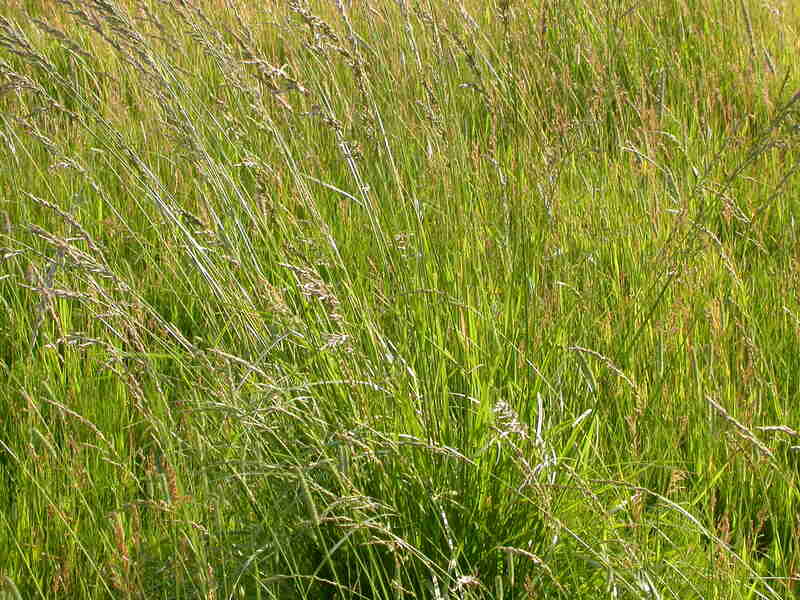
Photo Credit: Matt Lavin / Flickr / CC BY-SA 2.0
Turf-type tall fescue is a versatile grass that stays green all year and endures heat and drought and tolerates shade. If you’re looking for an easy-care option that fits Salt Lake City’s unpredictable weather, turf-type tall fescue is a great choice.
This grass can handle foot traffic, and variants with rhizomes even self-repair if damaged. It also resists weeds, diseases, and pests, and doesn’t produce much thatch. Although it used to be coarse grass, most tall fescue varieties are now soft.
Classification: Cool-season grass
Spreads by: Bunches, occasionally rhizomes
Shade tolerance: Moderate
Drought tolerance: Very high
Foot traffic tolerance: High
Maintenance needs: Low to moderate
Mowing height: 3 to 4 inches
Potential for disease: Low
2. Fine Fescue
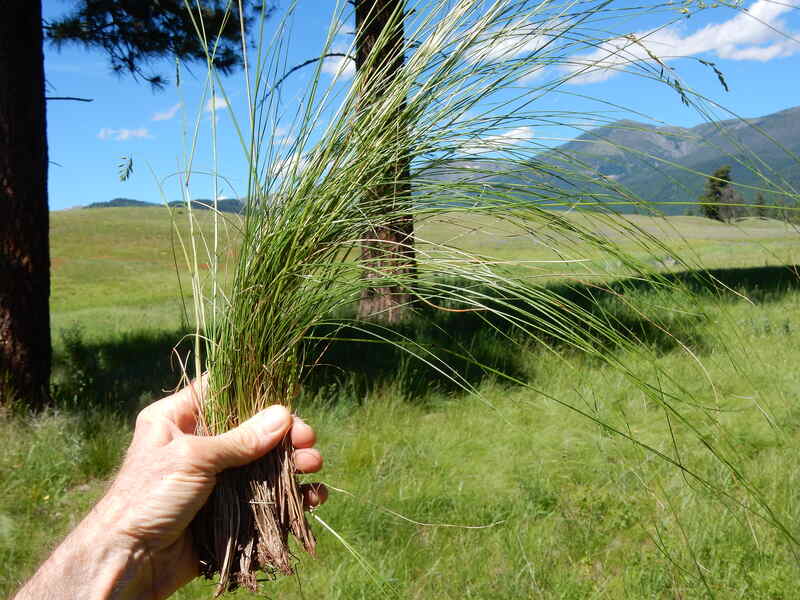
Photo Credit: Matt Lavin / Flickr / CC BY-SA 2.0
Do you have lots of shade on your lawn? While most grasses don’t like shade, it works just fine for fine fescue. There are different types of fine fescue grasses, such as hard, sheep, Chewings, and creeping red. They handle Salt Lake City’s dry summer conditions, are easy to care for, and are perfect for a yard with lots of trees or hardscapes.
However, fine fescues don’t do so well on lawns that get too hot or busy. Moreover, they’re susceptible to diseases and are likely to produce thatch frequently.
Classification: Cool-season grass
Spreads by: Depends on the variant; most variants grow in bunches, but creeping red fescue uses rhizomes
Shade tolerance: High
Drought tolerance: High; may go dormant
Foot traffic tolerance: Low
Maintenance needs: Low
Mowing height: 2.5 to 4 inches; the grass is slow-growing, so taller heights may be preferable
Potential for disease: Moderate
3. Kentucky Bluegrass
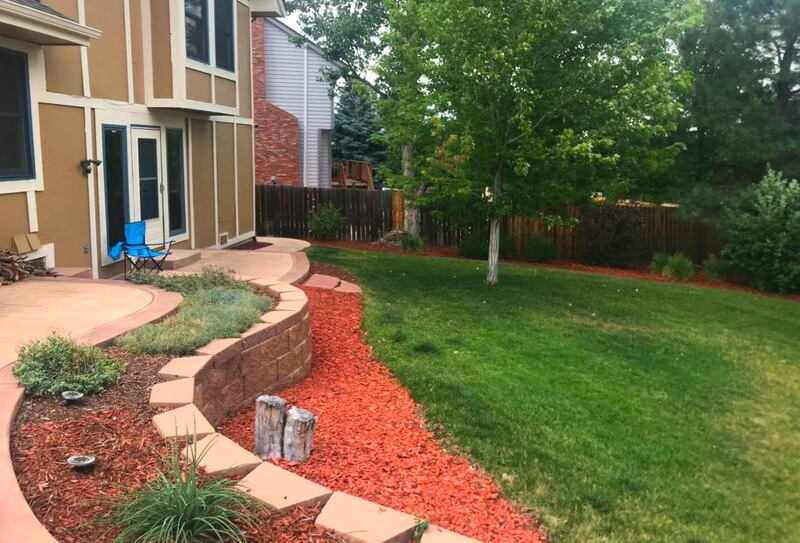
Photo Credit: Brenda Ryan / Wikilawn
Kentucky bluegrass is the grass of choice for many homeowners because of its dense, lush appearance. This soft grass withstands foot traffic (especially before the weather gets too warm) and also repairs itself when damaged.
However, there are some issues with this grass, too; it often struggles with diseases, pests, and thatch buildup. Salt Lake City’s hot summers may also put a strain on the grass, and it’s not a grass that does well in the shade either. For that reason, Kentucky bluegrass is often mixed with it to create a more resilient lawn.
Classification: Cool-season grass
Spreads by: Rhizomes (underground stems)
Shade tolerance: Tolerates partial shade but prefers full sun
Drought tolerance: High; but long periods of drought will lead to dormancy
Foot traffic tolerance: High in colder weather, lower in warmer seasons
Maintenance needs: High
Mowing height: 2.5 to 3.5 inches
Potential for disease: Moderate to high; susceptible to diseases such as necrotic ring spots and rusts
4. Perennial Ryegrass
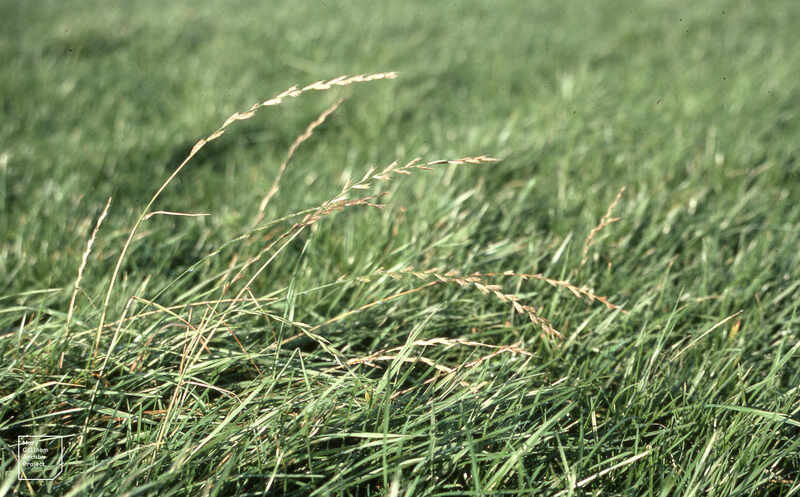
Photo Credit: Dr Mary Gillham Archive Project / Flickr / CC BY 2.0
Perennial ryegrass is another showy grass that needs some extra care to thrive. However, it’s quick to grow and spread and is great at withstanding stressors like foot traffic, diseases, and insects. It’s happiest in full sun, but a little shade is just fine for this grass, too.
Perennial ryegrass may struggle during summer when the weather gets hot and dry, but it’s often mixed with other grass types to combine both grasses’ strong qualities. Also, take note that the grass is susceptible to fungal diseases and thatch.
Classification: Cool-season grass
Spreads by: Bunches
Shade tolerance: Moderate
Drought tolerance: Low to moderate
Foot traffic tolerance: High
Maintenance needs: High
Mowing height: Moderate to high
Potential for disease: High, including brown patch, red thread, and rust
5. Buffalograss
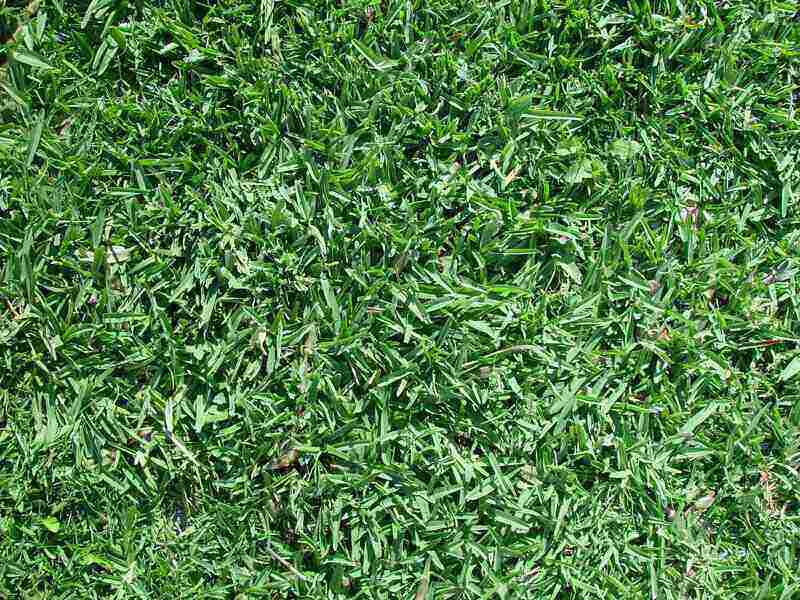
Photo Credit: Pixnio
Unlike the grasses mentioned above, buffalograss is a warm-season grass that stays green even during Salt Lake City’s scorching summer temperatures. It’s easy to maintain the grass’s soft, attractive appearance, and it doesn’t need to be watered as much as cool-season grasses.
However, it’s important to note that because buffalograss is a warm-season grass, it goes dormant when temperatures drop.
Classification: Warm-season grass
Spreads by: Stolons
Shade tolerance: Low
Drought tolerance: High, but will turn brown during summer if not watered; needs only about a half inch of water per week
Foot traffic tolerance: Moderate
Maintenance needs: Low
Mowing height: Up to you; naturally grows up to 4 to 6 inches tall; never remove more than 1/3 of the leaf blade per mow
Potential for disease: Low
A Note About Wheatgrass
You can find one more grass type on the University of Utah website, and that is wheatgrass. We’d recommend that you consider one of the above grass types instead, though.
Why? Wheatgrass is a good fit for wildflower meadows and prairies, but it’s not ideal for homeowners. It forms a thin stand, grows too tall to plant around pathways, can’t really be mowed, and goes dormant in summer. With such a relatively high variety of other grasses available in the region, you should choose one that is more practical for your lawn.
FAQ About Salt Lake City Grasses
Buffalograss stands up well to high temperatures and handles Salt Lake City’s summers with no issues.
If you want an easy-care grass that looks great, you can choose between fine fescue, tall fescue, or a mix. If you prefer a warm-season grass, buffalograss stays lovely with relatively little maintenance, too.
If you want a year-round green lawn, turf-type tall fescue is most likely to meet your expectations.
Turf-type tall fescue and perennial ryegrass both handle a lot of foot traffic. If damage occurs turf-type tall fescue will even repair itself if you get a variety of rhizomes.
Alternately, you can also get Kentucky bluegrass; this grass repairs itself as well, but take note that it’s more susceptible to damage in warm weather.
The Final Word
Picking the right grass type is essential for a healthy lawn in Salt Lake City, but that’s not all. You should also water your lawn deeply and infrequently, mow it regularly to the appropriate height, and make sure that you complete regular maintenance jobs.
So much work can be overwhelming, so if you need a hand, don’t hesitate to get in touch with one of WikiLawn’s lawn care pros.
Main Image Credit: Doug Kerr / Flickr / CC BY-SA 2.0